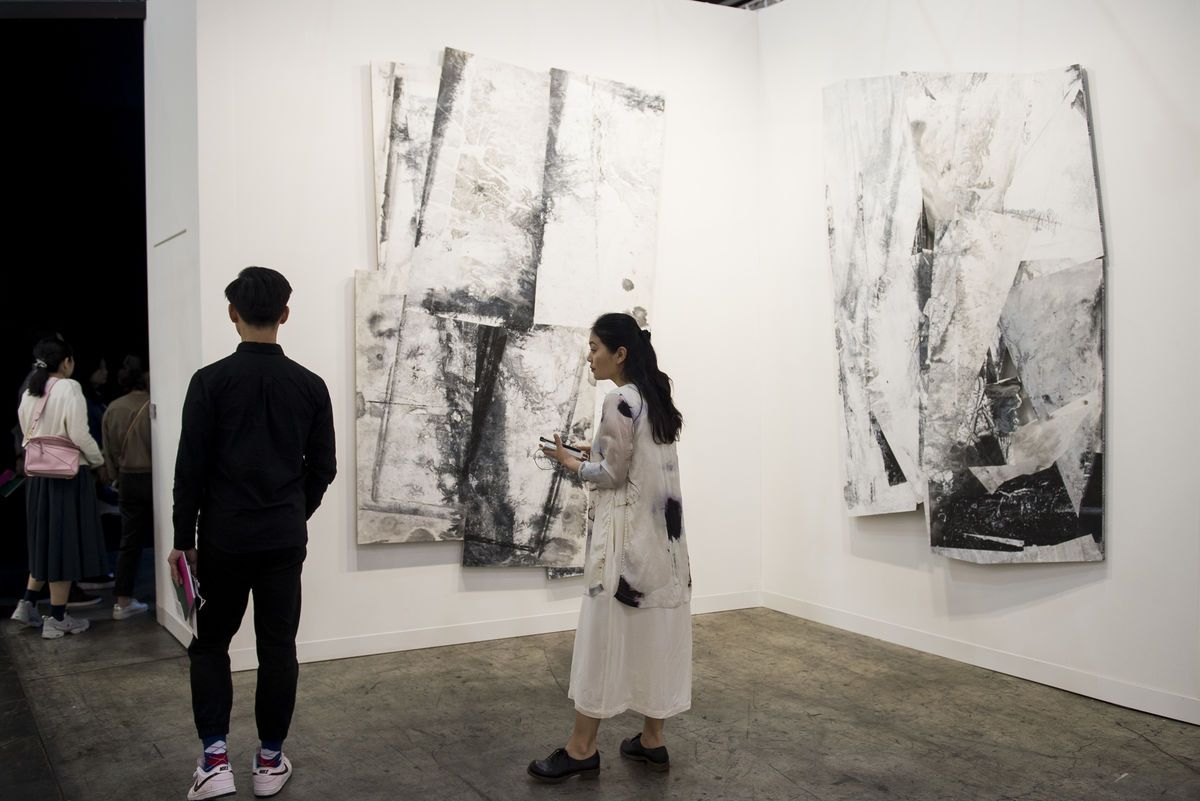Cultural entrepreneur Magnus Renfrew’s first book is an insightful analysis of the rise of Hong Kong’s art scene
Over the past decade, Magnus Renfrew has been a driving force and an acute observer of Hong Kong’s art scene. He’s been involved with Para Site, founded Art HK—now Art Basel in Hong Kong, following its acquisition by marketing and events company MCH Group—and recently launched his own art consultancy, ARTHQ / Group.
The self-described cultural entrepreneur has recorded his reflections in a book, Uncharted Territory: Culture and Commerce in Hong Kong’s Art World, which was published in Hong Kong by Penguin in June last year and went on global release on Amazon in February.
“A concise and thoughtful account of Hong Kong’s ascent into a global art centre,” as Asia Art Archive executive director Claire Hsu describes it, the volume examines the rise of the city’s art sector and its ecosystem, along with its untapped potential and future prospects.
What audience were you writing for?
I wanted to write a book that’s not just for the art world, but for everybody. I see it as a call to action for the general public, a volume that can help people realise the potential of Hong Kong’s art sector and this moment in time.
What have been some of the most defining moments for the art scene in Hong Kong?
There have been quite a few. There’s the pioneer gallery moment, in the 1990s and early 2000s, which saw art spaces such as Hanart and Schoeni showcase Chinese art outside Mainland China for the first time. Then you have the rise of the contemporary Asian art auction market.
Institutions like Christie’s and Sotheby’s had an instrumental role early on in using their platforms to build an audience for the arts scene in Hong Kong and the region. Then there was the arrival of Art HK in 2008, quickly followed by the opening of powerhouse galleries like Gagosian, Perrotin and White Cube.
See also: 11 Gallerists Who Changed The Art Scene In Hong Kong
They really demonstrated that the city could play host to top-level commercial art activities all year round. The acquisition of Art HK by Art Basel in 2011 put Hong Kong on the global map.
From a non-commercial standpoint, which is where I think a real game change can and will happen, the donation of the Sigg collection to M+ was also pivotal. It made the potential of Hong Kong as a real art hub a tangible, concrete reality, and helped build momentum.
The opening of the Asia Society was critical as well. Now there’s Tai Kwun [the restored Central Police Station compound] and, of course, M+ to look forward to.

